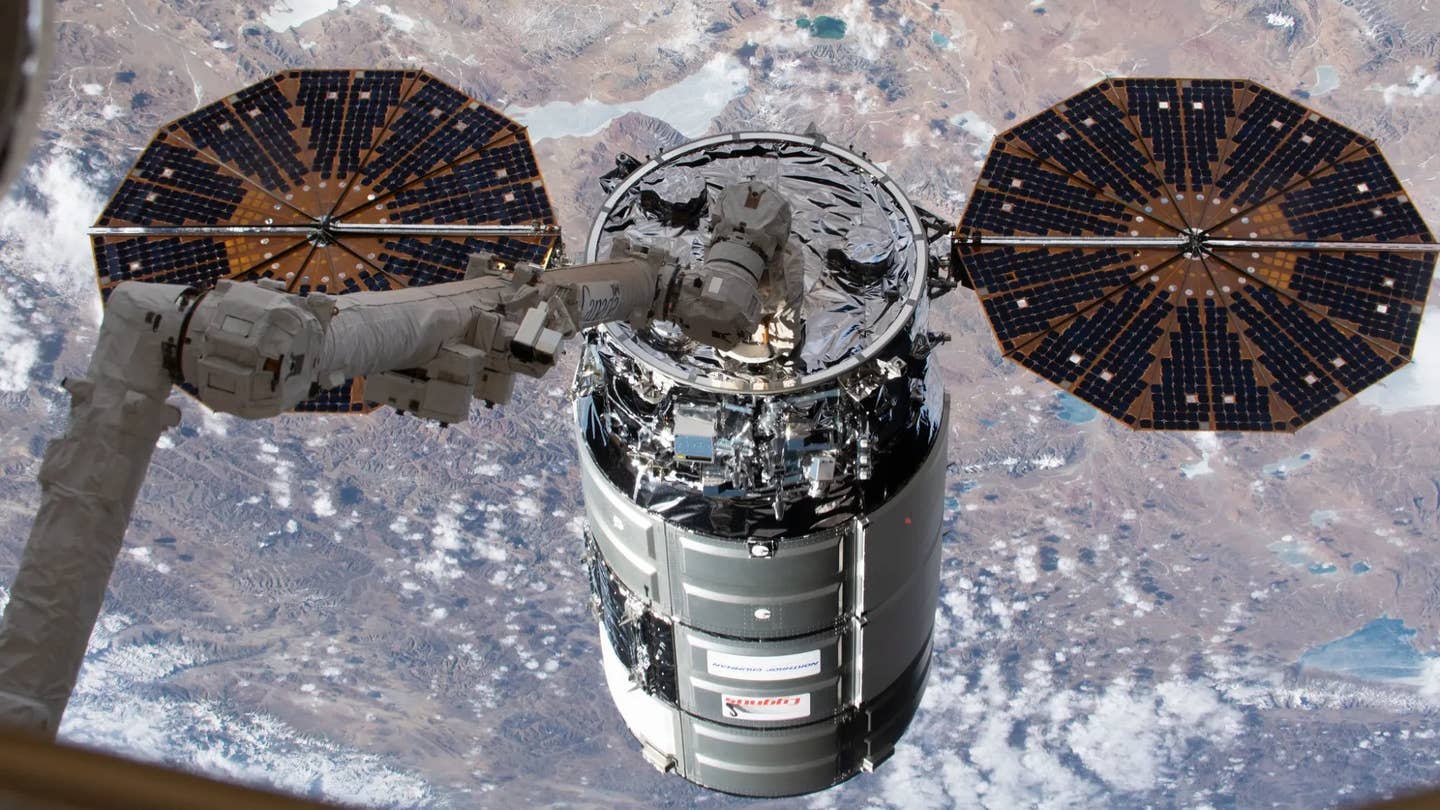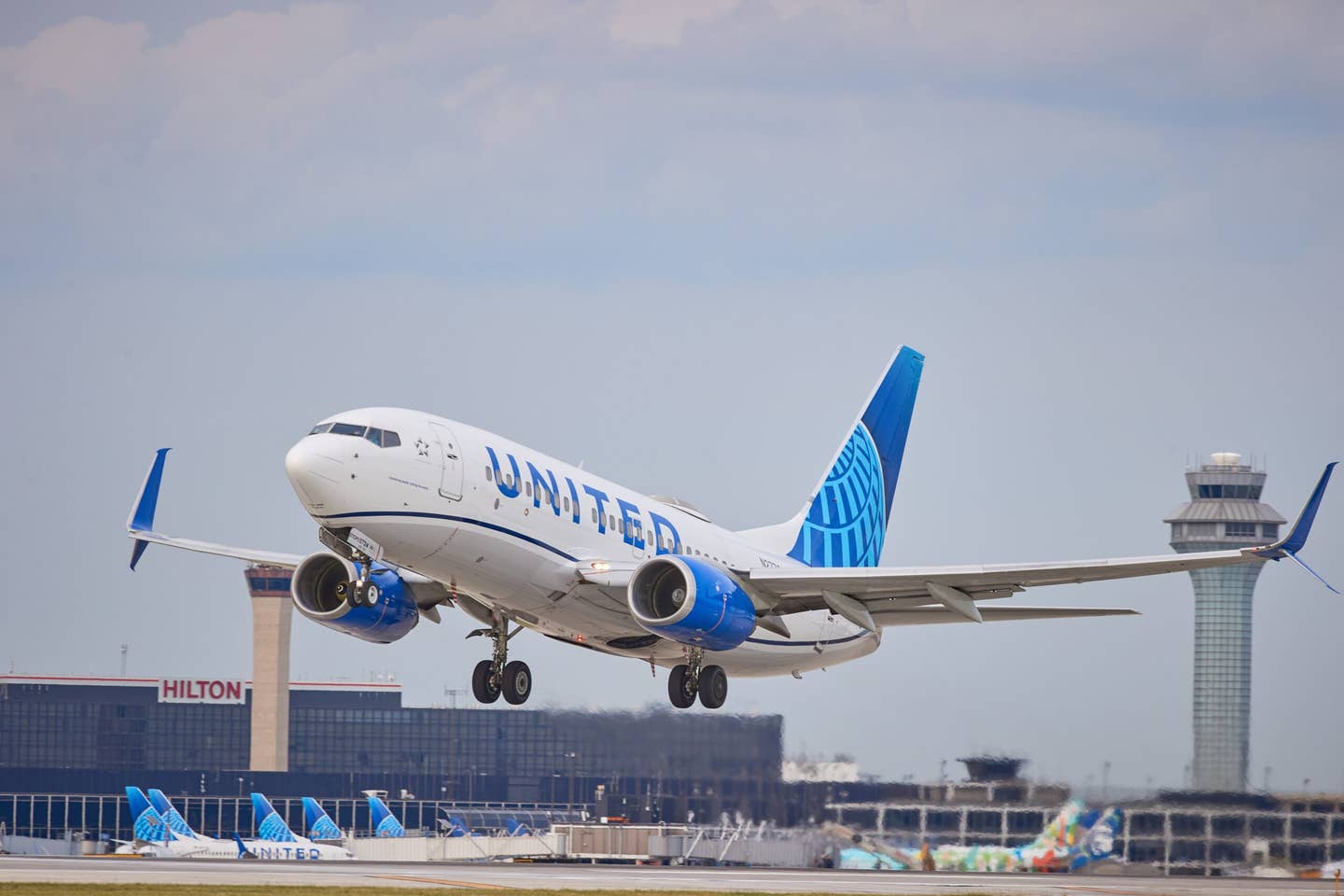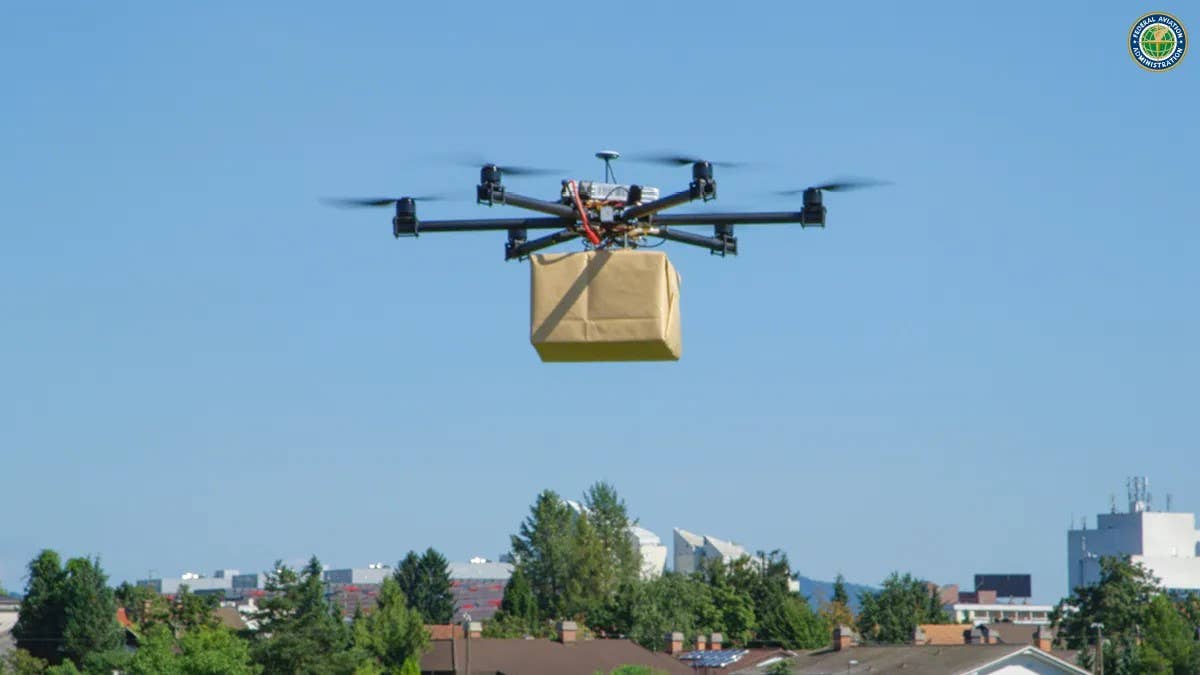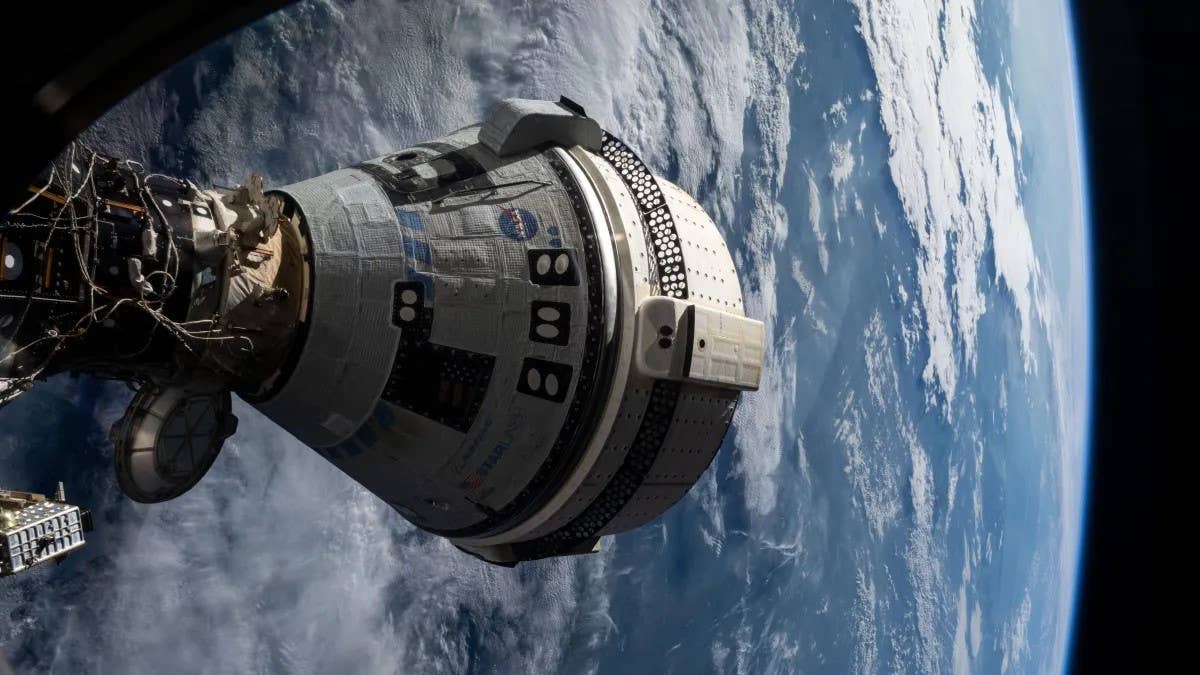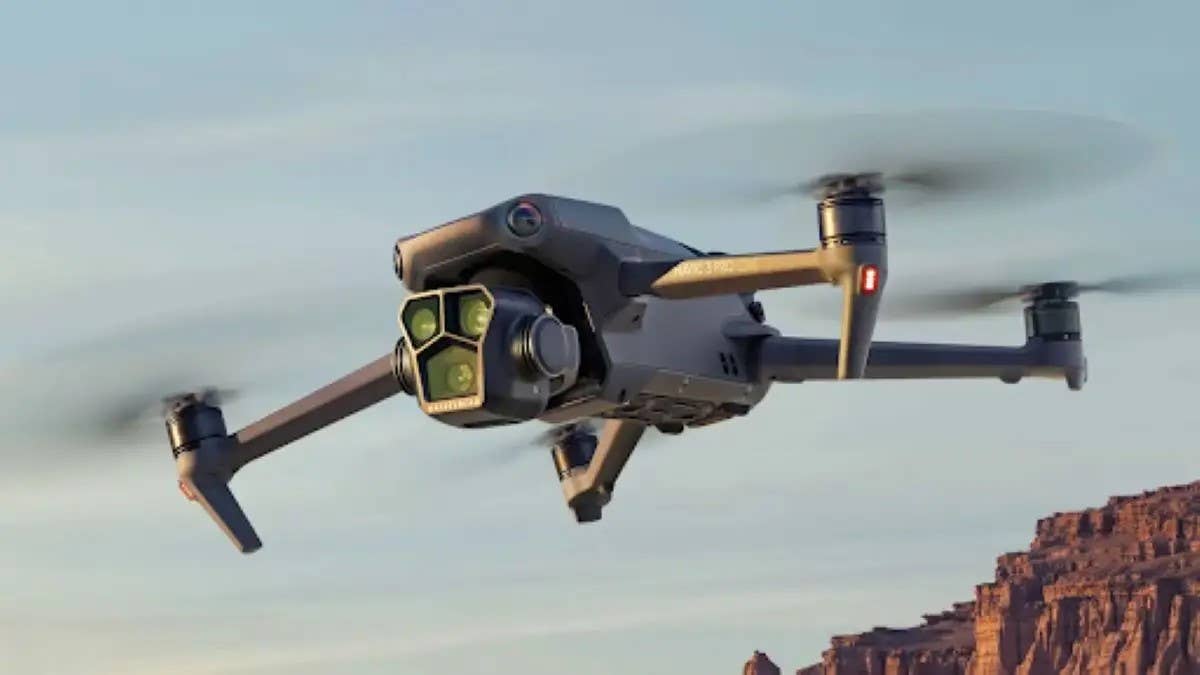Additional Passengers Sue Alaska Airlines, Boeing
Four more plaintiffs are suing Boeing and Alaska Airlines has been sued for the first time over the Flight 1282 incident.

The Boeing 737 Max 9 makes up 20 percent of Alaska Airlines’ fleet. [Courtesy: Alaska Airlines]
Four more passengers aboard Alaska Airlines Flight 1282 are suing the air carrier along with Boeing for allegedly endangering them by allowing the Boeing 737 Max 9 to fly on January 5. According to the lawsuit filed Tuesday in Superior Court in Seattle, the airline was aware of problems with the aircraft's pressurization system.
There were 177 on board when the aircraft lost a door plug while climbing through 16,000 feet and experienced explosive decompression, resulting in a door-sized hole on the left side of the fuselage. The accident happened 13 minutes after takeoff from Portland International Airport (KPDX) in Oregon. The aircraft was bound for Ontario, California.
The four passengers are represented by Mark Lindquist, a Seattle-area personal injury attorney who also represented the families of dozens of victims after the 2018 and 2019 fatal crashes involving the Boeing 737 Max 8.
The airliner that became Flight 1282 was delivered to Alaska Airlines in October 2023. Prior to the Flight 1282 blowout, three different flight crews noticed issues with the aircraft pressurization system and wrote it up after receiving warning lights. The system has a triple redundancy. The first and second systems are activated by computer. The third system requires manual activation. The FAA allows the aircraft to fly with warnings from the system because of the triple redundancy.
- READ MORE: Passengers Sue Boeing
In response to the maintenance write-ups, Alaska Airlines pulled the aircraft from overwater operations but allowed it to fly over land.
According to Lindquist, Alaska Airlines is also named as a defendant.
“Alaska Airlines management decided the subject plane was not safe to fly over the ocean but was somehow safe enough to fly over land,” Lindquist said. "[This] risky decision [endangered passengers]. There’s no reasonable way for an airline executive to explain to the jury how they thought the plane was not safe to fly over the ocean but was safe to fly over land."
At the time of the blowout, the airplane was still climbing, and all the passengers were still wearing their seat belts. The flight back to KPDX was terrifying, Lindquist alleged, as the "passengers did not know if the plane could continue to fly while depressurized with a gaping hole in the fuselage."
The seats directly next to the door plug were unoccupied, although a 15-year-old boy sitting close to it had his shirt torn from his body by the force of the decompression, and loose objects in the cabin, such as cellphones and stuffed animals, were sucked out into the night sky.
The airplane returned safely to Portland, where some passengers were treated for non-life-threatening injuries. Alaska Airlines swiftly grounded its fleet of 737 Max 9s, and within hours the FAA made the grounding a countrywide event.
"It took the FAA three months and a second crash to ground the Max 8,” Lindquist said, “so it’s good to see this quick action. Lessons were learned by the FAA, if not Boeing.”
According to information Lindquist sent to FLYING, the passengers aboard Flight 1282 described hearing "a loud bang and blare as a door plug blew out of the fuselage and the plane rapidly depressurized. This shocking blowout caused intense fear, distress, anxiety, trauma, physical pain, and other injuries to plaintiffs and fellow passengers."
Lindquist added that Boeing "has long been on notice of quality control issues" and faced allegations the company "puts profits ahead of safety."
The lawsuit alleges that “Boeing delivered a plane with a faulty door plug that blew out of the fuselage at 16,000 feet and air masks that apparently did not function properly. Plaintiffs feared the gaping hole in the fuselage, rapid depressurization, and general havoc was a prelude to the plane’s destruction and their own likely death.”
According to Lindquist, “Some passengers were sending what they thought would be their final text messages in this world.”
One plaintiff wrote, "Mom our plane depressed. We're in masks. I love you."
The lawsuit charges three counts: one count of negligence against Boeing, one count of strict product liability against Boeing under Washington state's Product Liability Act of 1981, and one count of negligence against Alaska Airlines.
A few days after the Max 9 incident, Boeing CEO Dave Calhoun referred to the blowout as a “quality escape,” which Lindquist cited in the lawsuit. Calhoun explained “quality escape” was “anything that could potentially lead to an accident.” The lawsuit alleges the CEO thus admitted “a mistake” by Boeing.
In the Max 8 disasters, Boeing initially denied responsibility. “It’s encouraging to see the CEO step up this time and recognize the importance of accountability,” Lindquist said.
The Investigation
The door plug was recovered in the backyard of a Portland high school teacher. The door has been shipped to the NTSB lab in Washington, D.C., for study. Investigators want to know if the four bolts designed to hold the door in place failed, or if they were mistakenly left out of the aircraft at assembly.
"Though it's too soon to know for sure what exactly went wrong, we do know Boeing is ultimately responsible for the safety of their planes, and Alaska Airlines is ultimately responsible for the safety of their passengers," Lindquist said.
After the aircraft returned to Portland, passengers were offered other flights to get to their destination of Ontario, California. In addition, the airline sent an email to each passenger offering them $1,500 each. According to Lindquist, many passengers were offended by both the amount and lack of a personal touch.
“While all the passengers have some things in common, their injuries are different based on where they were seated, their individual reactions, and how they are faring,” Lindquist said. “Each passenger is an individual with individual interests.”
FLYING reached out to both Alaska Airlines and Boeing for comment. Boeing replied that it had nothing to add, and Alaska Airlines stated that it does not comment on pending litigation.
On Wednesday morning, Alaska Airlines CEO Ben Minicucci sent an explanatory email to its customers to update them on the situation.
Minicucci apologized to the passengers of Flight 1282 and also to customers whose travel plans have been upset by the grounding of the Max 9. The model makes up 20 percent of Alaska Airlines’ fleet.
"Since Alaska Airlines and the FAA have grounded these aircraft, that means we are canceling between 110 to 150 flights every day," said Minicucci, adding that because of the cancellations he has asked the reservations team to notify customers as soon as possible.
"Our reservations team is working around the clock to accommodate people on other flights. To all who’ve been impacted by these interruptions, I am sorry. When you make plans, you put your trust in us, and we haven’t been able to deliver over the past week."
About the Inspections
According to Minicucci, the inspections of the aircraft began on Saturday, January 13, and are a joint effort by the airline, FAA, and Boeing. The information gathered will be compiled by Boeing and the FAA to determine the appropriate next steps in order to return the Max 9 fleet safely back to service.
“At this time we do not yet know how long this process will take, but we will keep you updated as much as we can,” Minicucci said. “Aviation safety is based on having multiple levels of quality control and safety assurance, much like system redundancies that are built into an aircraft for operational safety together."
- READ MORE: Boeing Bolstering Its Quality Inspections
In addition, Alaska Airlines is having its quality and audit team begin a thorough review of production, quality, and control systems, including vendor oversight.
"They will partner with our maintenance team on the design of enhanced processes for our own quality control over aircraft and Boeing,” Minicucci said. “And starting this week, we will have our own quality oversight of Alaska aircraft on the Boeing production line, adding more experienced professionals to the teams that validate work and quality on the production line for the 737."

Subscribe to Our Newsletter
Get the latest FLYING stories delivered directly to your inbox

